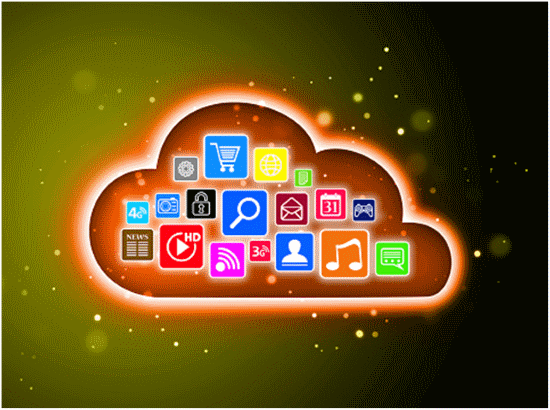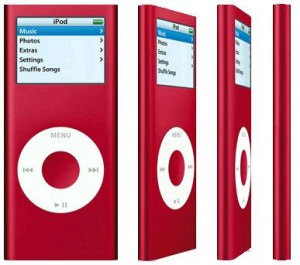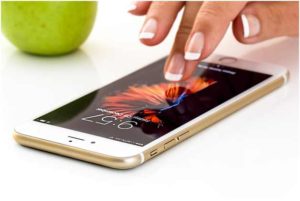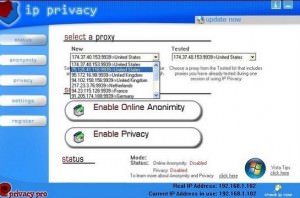The Future of Visual Communication
The way we see things can have a profound effect on what we do. Through this experience we can continually increase and improve our understanding of the visual world and what it has to offer. Therefore, visual communication can have a huge influence on us because it allows us to interact with digital content and absorb images more resourcefully than text. It’s no surprise, therefore, that it is a form of communication that is becoming more popular amongst businesses and why the future of visual communication certainly looks bright. The question is: why?

We as humans are built to respond better to images than texts. If we were to really go back to basics, we could even go as far as to say that visual communication is the most natural form of human interaction, as people were writing messages on caves long before writing was invented. With this in mind, it is arguable to say that humans are attracted to pictures and landscapes that will leave us with an instant sense of contentment and familiarity. Our minds absorb images quicker than text, which would be beneficial for businesses, as information could then have the potential to travel at a quicker rate and improve the general communication of the company through efficiency and immediacy.
To follow on from this, Microsoft recently revealed their vision of the future in a video. In this video, it showed the emergence of technologies and how this could take over in the next 5-10 years, becoming a popular alternative to verbal communication for businesses. The short film, Productivity Future Vision, shows a marine biologist, Kat, and an entrepreneur, Lola, displaying the ways in which visual communication can occur between friends, colleagues and the world, both leisurely and through work. It shows a collaboration and communication between wearable devices, personal tablets and sleek displays, which are often in the form of glass panels. It shows how people work together on shared digital canvasses and generate information, making the whole process more organised and improving team building.
There is also a sense of flexibility when it comes to visual communication. Like with the Productivity Future Vision video, the information contained was able to be passed across hundreds of people in a diverse range of geographical areas. In addition, the information that was passed was made simpler using visual communication because it allowed those involved to observe for themselves the sea life and Kat’s findings whilst she was under water. It was almost like those observing were experiencing it for themselves first hand because they had the ability and opportunity to see exactly what Kat was seeing.
Visual communication for businesses is looking to become more popular in the future because the benefits allow businesses to improve their ethos, engage with clients more efficiently and save time. Furthermore, it can also improve the speed of decision-making, as you can share screens to take the client through the process of your ideas or talk with them face-to-face for reassurance. It could also encourage learning and development amongst colleagues, as employers will be able to improve the way they keep their team’s knowledge up to scratch.
If visual communication sounds like something you would be interested in and you think your business would benefit from trying this approach, check out industry expert Viju Group, who create dynamic and collaborative ways for businesses to work better together.








